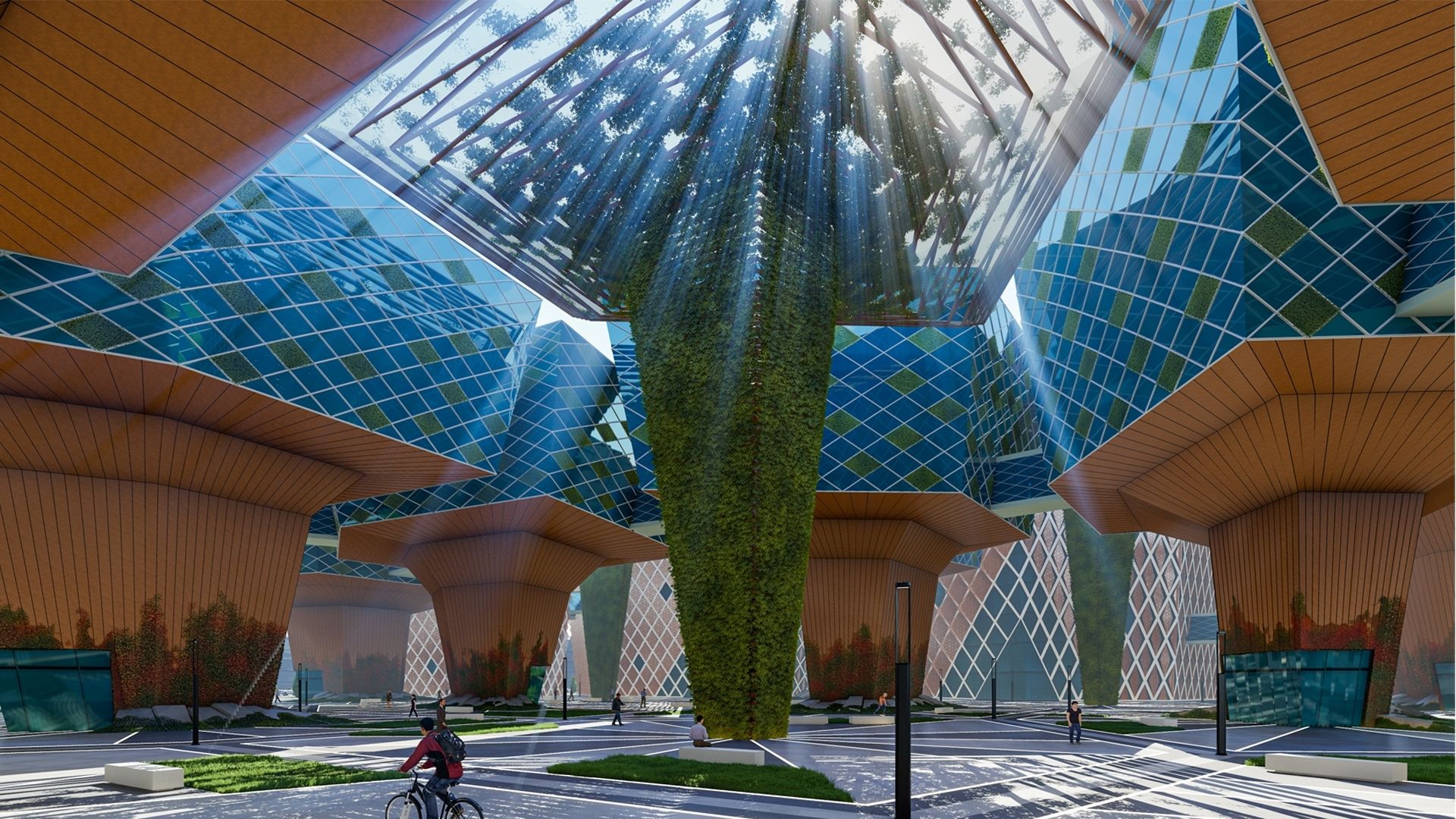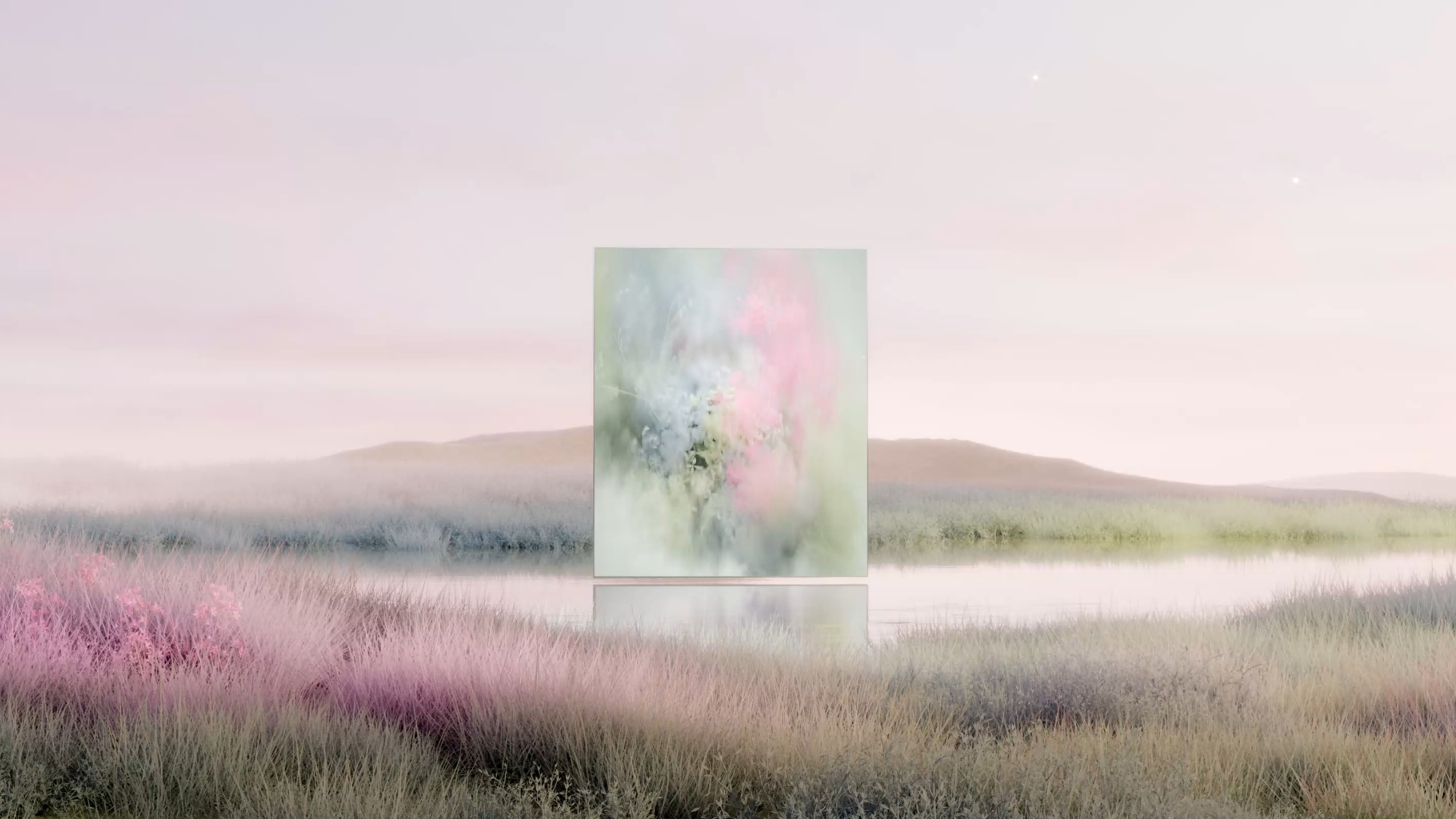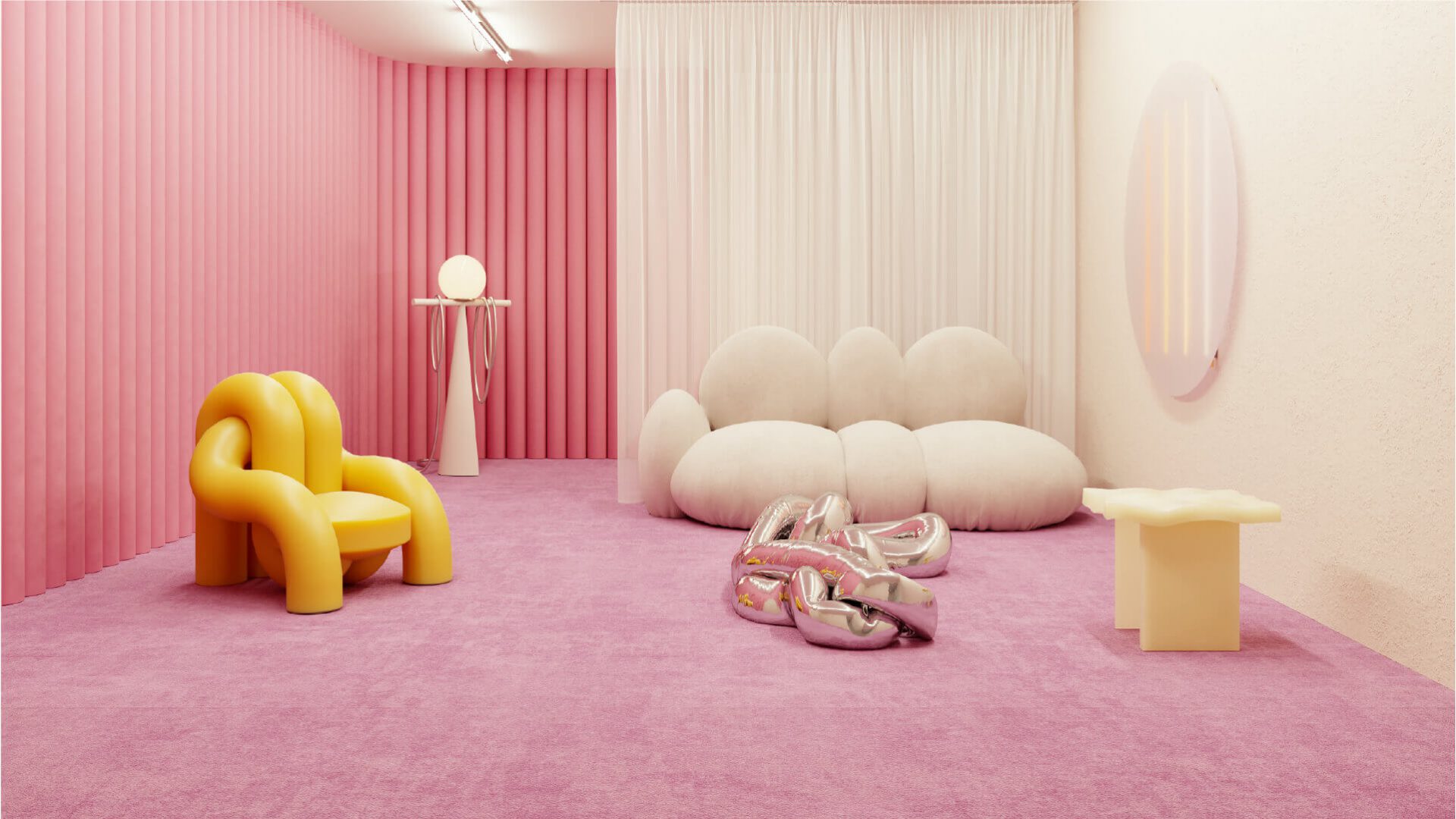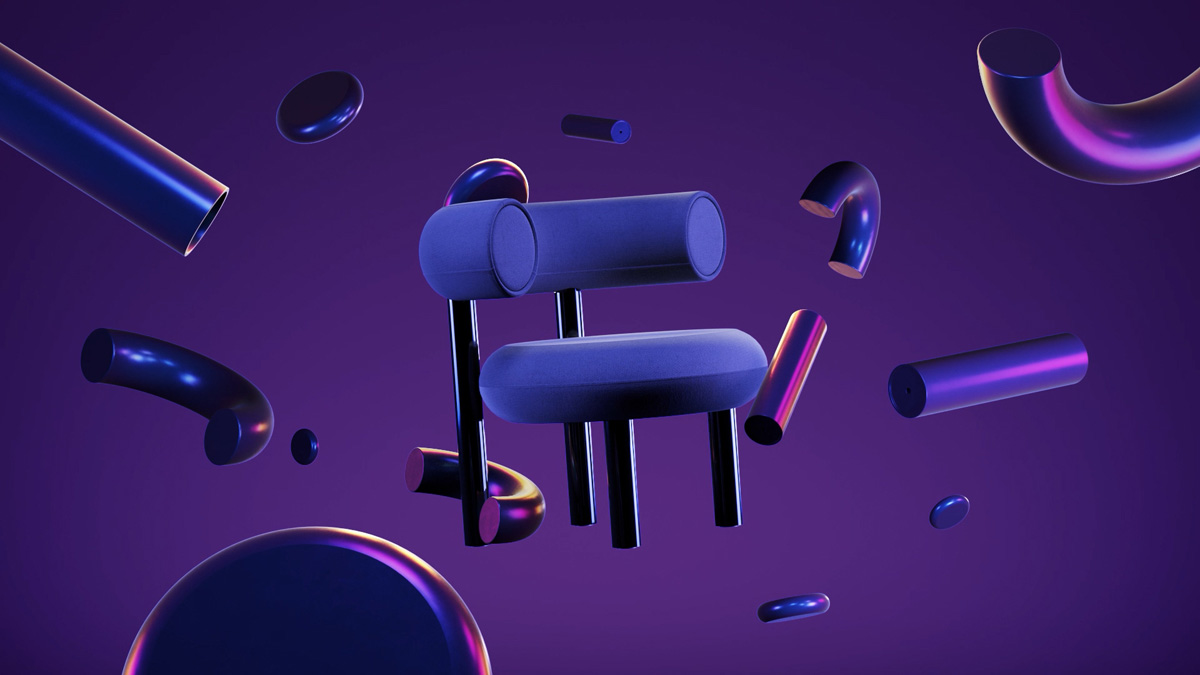Bold House: dynamic modularity redefining interior spaces and furnishings
Inspired by the LEGO culture, the latest project from the Italian digital design studio évoque lab envisions a versatile home environment that constantly adjusts to cater to the evolving requirements of its users.

évoque lab is a modern design and digital communication studio that boasts a strong architectural influence. It was established in Milan by a pair of young architects – Emanuele Longo and Paola Frascerra – who rapidly forged collaborations with notable brands including IKEA, Rinascente, and Andrew Trotter.
Through their designs, they aim to access an “alternative” space, which, in certain projects, retains its connection to the domestic nature of architectural settings. Their work appeals to an audience deeply engaged in visual culture while also embracing and referencing the rich traditions of Italian design and architecture.
In their own words, they state: “We assist brands in conveying their products effectively through compelling, culture-driven imagery.“
Building upon their inherent calling and skillset, they have recently unveiled their latest venture: “Bold House,” a modernized dwelling that not only embraces the present, but also envisions a future defined by boundless potential.
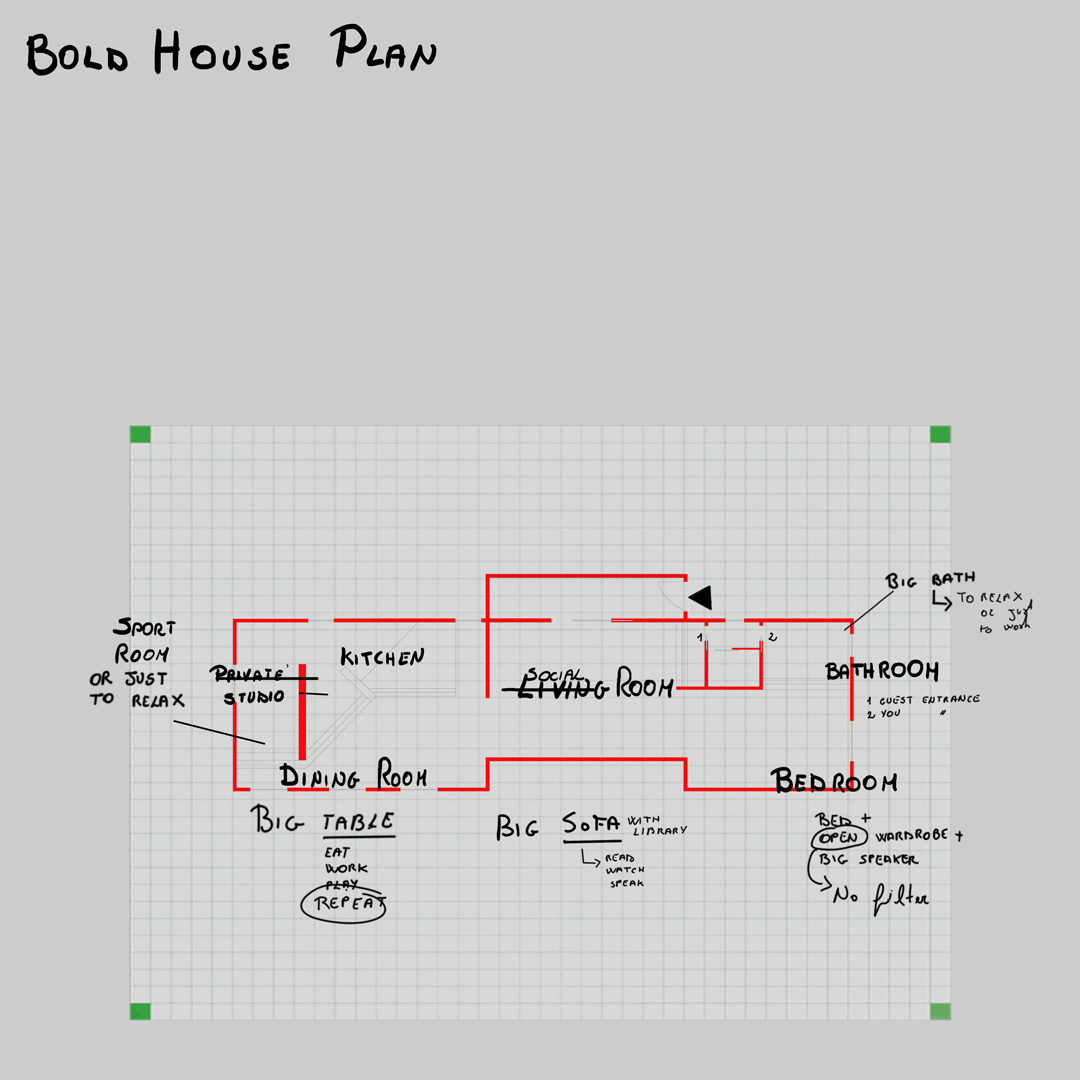
Drawing inspiration from LEGO culture, Bold House epitomizes the concept of modularity, which no longer remains exclusive to individual products—now a prevalent trend seen, for instance, in items such as modular sofas. Instead, it extends its reach to encompass the entire domestic environment, adapting to the preferences, requirements, and, to some extent, the emotions of its occupants.
We had the pleasure of chatting with Emanuele Longo, co-founder of évoque lab, to learn more about the studio and their approach, as well as to gather additional information about Bold House.
What role do you play in addressing the communication requirements of businesses? Where do you actively participate, and what outcomes do you achieve?
évoque lab:
“In today’s world, effective communication of a product is essential for its success. At times, we come across well-thought-out products that are not communicated effectively. We serve as intermediaries, designing visual communication to strategize how an image can be impactful in influencing the decisions of end customers or stakeholders.
Drawing inspiration from Bruno Munari’s insight in “Fantasia,” we harness our imagination to vividly visualize and make visible the vision of a brand, highlighting its key components. Our active participation comes into play at the conclusion of a project. Following discussions with the client, we gather project details and communication aspirations tailored to a specific target audience.
With this information, we transition to the creative direction phase, leveraging our cultural background in architecture, design, and visual composition along with the technical expertise needed to produce visually compelling imagery.”

Delving into a pressing and noteworthy topic, such as the rise of AI in image creation, what distinguishes the services offered by a studio like yours from this technology?
évoque lab:
“Prefacing that AI is, and will be, a radical change leading to significant transformations, we will now delve into the roles of a human creative and AI. The human creative defines a brief with precise parameters, using it as a starting point for exploration. They draw from the past, cultural background, and personal artistic sensibility developed over time through life experiences, generating new ideas from these foundations.
For AI, the brief is requested through prompts, and it retrieves information randomly from the collective imagery present on the internet—a global space that lacks curation and clarity, devoid of artistic sensitivity, taste, and critical thought. To achieve a successful project, AI needs to be accompanied by natural intelligence, one that is perceptive and cultured, capable of synapses, neural connections. This involves linking freshly acquired information with the wealth of the past, creating a new hybrid idea that can coherently address the project’s predefined objectives.”
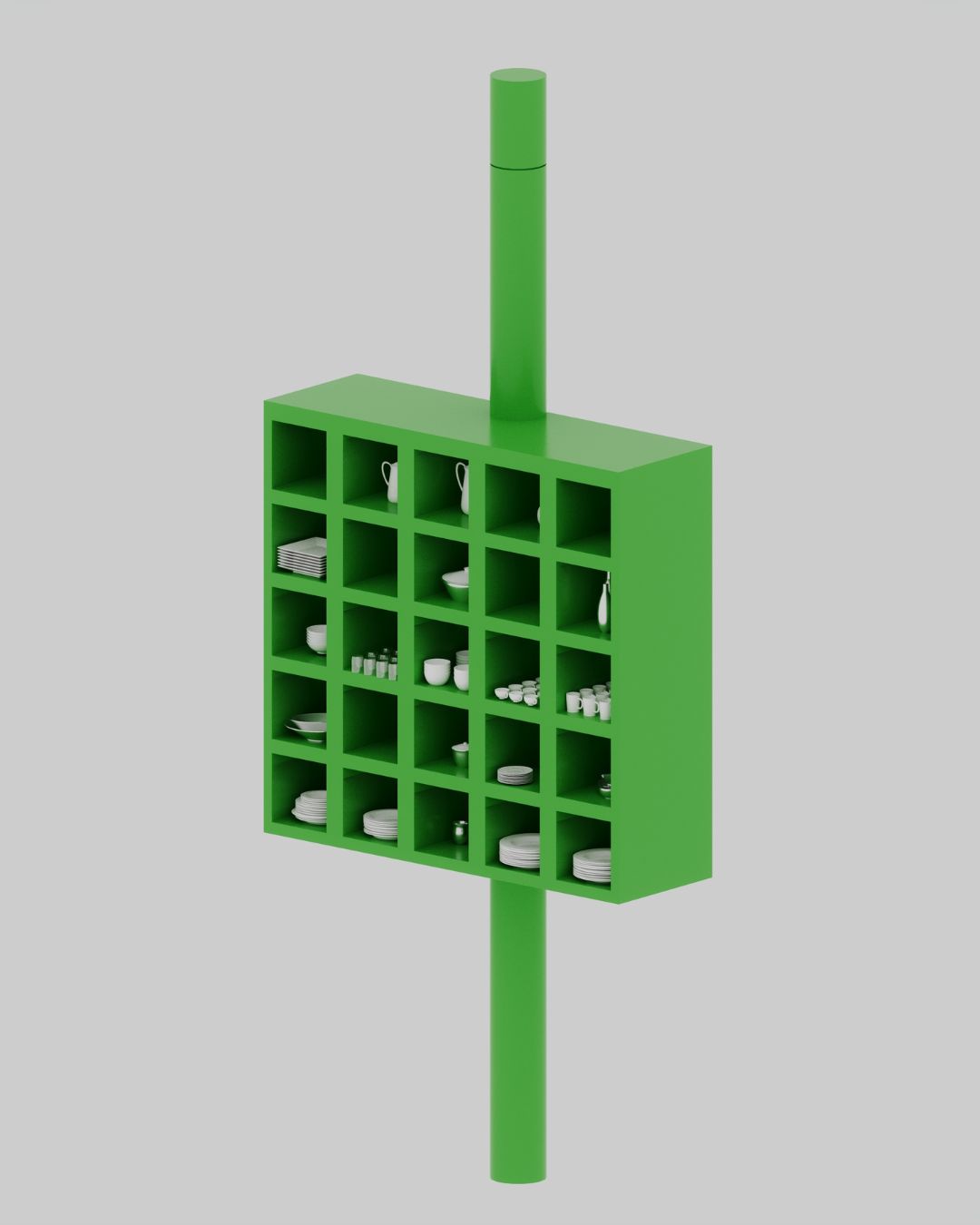
Some of your prominent clients include names like IKEA, Rinascente, and Wallpaper*. What specific requirements led them to seek your services, and how did you address them?
évoque lab:
“Recognizing the unique goals and targets of each client, the common thread binding these projects is the shared pursuit among clients for a professional adept at digitally translating their innovative concepts. What we try to convey from our practice, is the distinctive character of our images, characterized by a strong architectural imprint.
This approach is geared towards an audience inherently connected to visual culture, while simultaneously integrating firm connections and references to the tradition of European design and architecture.”

Looking at it from the end-users’ perspective, what advantages does exploring products and environments in digital formats offer?
évoque lab:
“Spontaneously, the idea emerges: “You can create an image set on the moon without actually having to go there!” In our specific industry, the realm of 3D offers an extensive array of advantages in communication. For brands, there is the unique advantage of articulating their vision in intricate detail, fostering originality, and thereby distinguishing themselves in the market. Exploring digital products enables a complete immersion in the idea, from simulation to prototyping, all the way to the final presentation.
This approach not only facilitates a detailed understanding of the concept but also empowers brands to influence stakeholders, encouraging investment and guiding crucial decision-making processes.

Your most recent work, Bold House, introduces a concept of a home with adaptable interiors, reflecting a prevailing trend in the furniture industry. What motivated you to embark on such a project?
évoque lab:
“This project is inspired by our perspective on how we live our home and furniture. We place a strong emphasis on functional space that dynamically adapts to human activities by altering its configuration, form, and orientation. In Bold House, inspired by Joe Colombo’s experimental research, our aim was to design a sharing space—a dynamic home where each environment holds its centrality.
It comprises integrated, multifunctional furniture acting as containers for other pieces. The furniture is modular, with some pieces swiveling, others mounted on wheels, or stackable. They become the protagonists of this living performance, allowing for the natural evolution of those inhabiting the space.”

On a broader scale, what do you consider the current trends in residential environments? What elements are undergoing changes, and which ones remain steadfast?
évoque lab:
“We believe that the way people experience home life has undergone substantial changes due to the impact of COVID-19. As the home became the sole permissible environment during lockdowns, it had to adapt to meet all the users’ needs. It transformed into a workspace, leading to an increased demand for home offices, and also served as a place of relaxation, emphasizing the importance of well-being at home.
From an aesthetic standpoint, there is a growing inclination toward meticulously designed spaces with refined finishes and forms. Psychophysically, there is a search for areas that enhance the quality of life, and where possible, a connection with nature. The challenge lies in meeting these new requirements within often confined spaces.
What remains unchanged are the fundamental needs for comfort, the functionality of space, and the pursuit of aesthetics—a mirror reflecting the identity of its inhabitants. It continues to be a powerful way to express one’s status, personality and style.”










